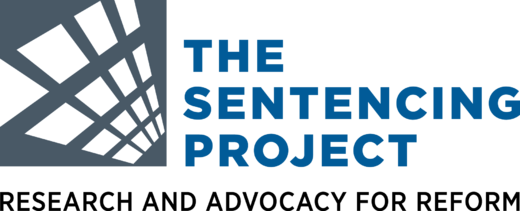After decades of neglect, the youth justice field is awakening to the importance of diversion in lieu of arrest and formal court processing for many or most youth accused of delinquent behavior. Even amid rising concerns over youth crime nationwide, … Read More
Data

Foster Care History,Profiles of Adolescence,and Educational Attainment
Introduction High school completion and post-secondary enrollment are taken for granted by most K-12 students andtheir parents in the United States (Lippman et al. 2008; Pew Research Center 2011), but research points tosignificant educational disadvantages among youth with foster care … Read More

Supporting Foster Youth and Their Family Connections: Policy and Practice Recommendations
In this study, a research team from UCLA learned directly from the youngest generation of foster youth transitioning into adulthood about the issues facing them personally and in relation to their family connections. We heard about issues that impacted them … Read More

Leveraging Cross-Program Data to Modernize Outreach & Enrollment in SNAP & Connected Benefits
Across the human services sector, a variety of data sharing models support state and local benefits access interventions and increasingly catalyzes longerterm systems transformation initiatives. Projects funded under the Coordinating SNAP & Nutrition Supports (CSNS) grant program deployed three distinct … Read More

Transcending Age-Based Divides: The Case for Scaling Intergenerational Solutions
Major demographic changes in the United States are leading to an increasingly multicultural and Multigenerational society. By 2030, the percentages of adults aged 65 and older and children under age 18 will be roughly the same, with ethnic and racial … Read More

Exploring the Contours of Expert Testimony Regarding Child Sexual Abuse Accommodation Syndrome
The term “child sexual abuse accommodation syndrome” (CSAAS) was initially coined by psychiatrist Roland Summit in 1983 in an effort to understand the various ways children react to sexual abuse. From an evidentiary perspective, not all states recognize CSAAS as … Read More

How Positive Youth Development Approaches Can Inform Your Business Choices
Whatever the future of work may be, there’s one thing we know for sure: young people today will be doing most of it. The U.S. is currently going through one of the most profound demographic shifts in its history, with … Read More

CDC Guidance for Communities Assessing, Investigating and Responding to Suicide Clusters, United States, 2024
Introduction In 2021, approximately 48,000 lives were lost to suicide in the United States. During this time, suicide was among the 10 leading causes of death among persons aged 10–64 years and the second leading cause of death among children … Read More

FASD United Fetal Alcohol Spectrum Disorders (FASD) Resource Directory
Search the FASD Resource Directory for FASD United affiliates, diagnostic services, support groups, prevention programs, and other resources. Due to a lack of trained professionals and recognition of FASD it can be a challenge to quickly identify accessible FASD-informed services. … Read More

The Unintended Consequences of“Lack of Supervision”Child Neglect Laws: How Developmental Science Can Inform Policies about Childhood Independence and Child Protection
Policies and programs designed to serve children and families are built upon a general understanding of child development. Developmental research has tried to expand that understanding and determine the typical ages at which children acquire certain skills and capabilities, while … Read More

